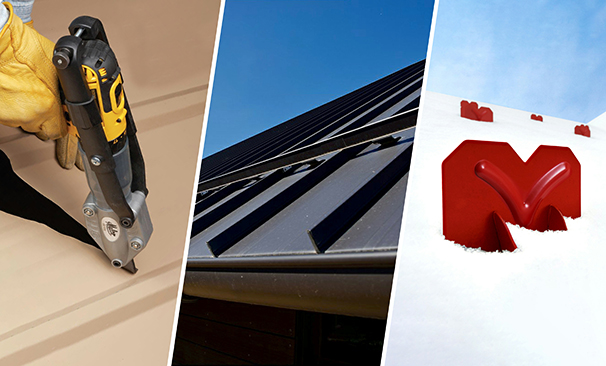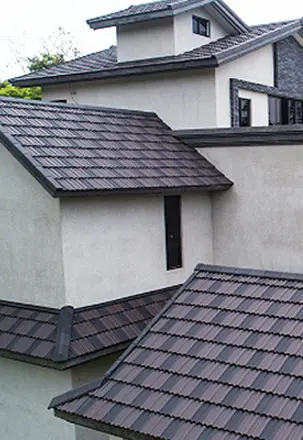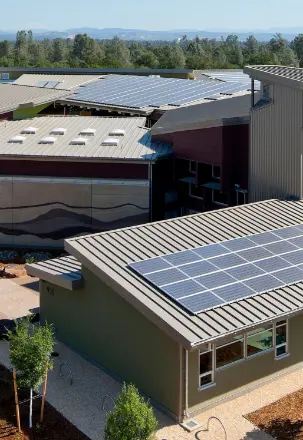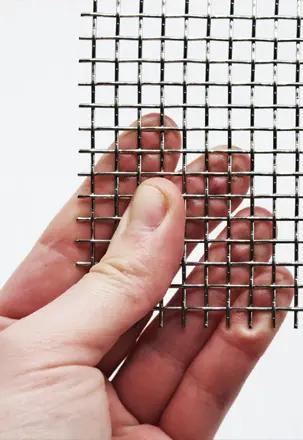In recent years, the demand for sustainable energy solutions has grown exponentially. Among the many innovations driving the renewable energy revolution, solar roofing tiles—also known as solar shingles—stand out as a cutting-edge solution that seamlessly combines aesthetics, architecture, and green energy generation. But how exactly do solar roofing tiles generate electricity? This article will take an in-depth look at the structure, working principles, materials, advantages, and practical applications of solar roofing tiles to help you understand how this technology works.
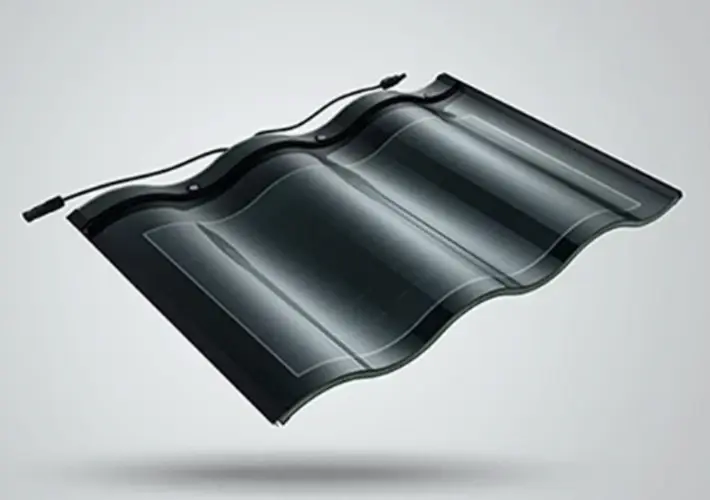
What Are Solar Roofing Tiles?
Solar roofing tiles are building-integrated photovoltaic (BIPV) materials designed to function both as roofing and as solar panels. Unlike traditional solar panels that are mounted on top of an existing roof, solar roofing tiles are embedded into the roof itself. They are shaped and sized like conventional roof tiles but come with the ability to capture solar energy and convert it into electricity.
They can be made to resemble:
- Asphalt shingles
- Slate tiles
- Clay tiles
- Metal roofing
This makes them an aesthetically pleasing alternative for homeowners and developers who want to integrate renewable energy into their buildings without sacrificing design.
The Core Principle: Photovoltaic Effect
At the heart of any solar energy system—including solar roofing tiles—is the photovoltaic effect. This is a process through which sunlight is converted directly into electricity using semiconductor materials.
Here’s how it works:
Light Absorption
Sunlight (composed of photons) strikes the surface of the solar tile, which contains photovoltaic cells made from semiconductor materials like silicon.
Electron Excitation
The energy from the photons excites the electrons in the semiconductor, causing them to move.
Electric Field Creation
The photovoltaic cell is designed with a built-in electric field that directs these free electrons to move in a specific direction, thus creating direct current (DC) electricity.
Current Flow and Collection
The generated current flows through conductive metal contacts and is channeled through wiring into an inverter or battery storage system.
Inversion to AC (Alternating Current)
Since most homes and appliances use alternating current, the DC electricity is converted to AC via an inverter.
Main Components of Solar Roofing Tiles
Solar roofing tiles consist of several integrated layers that perform distinct functions:
3.1 Photovoltaic Layer
This is the core component that converts sunlight into electricity. It typically includes:
- Monocrystalline silicon: High efficiency, long lifespan, higher cost.
- Polycrystalline silicon: Lower cost, slightly lower efficiency.
- Thin-film materials (e.g., CIGS): Flexible, lightweight, aesthetically pleasing but generally less efficient.
3.2 Protective Cover
A transparent layer, often made from tempered glass, protects the photovoltaic layer from environmental elements like rain, snow, and UV radiation.
3.3 Encapsulation Layer
This layer keeps the photovoltaic cells sealed from moisture and mechanical damage. It’s typically made from EVA (ethylene-vinyl acetate).
3.4 Roofing Surface Layer
This is the visible exterior that mimics traditional roofing materials and provides durability and weather resistance.
3.5 Wiring and Connectors
Embedded wires and plug-and-play connectors enable each tile to be linked with others to form a complete solar roofing system.
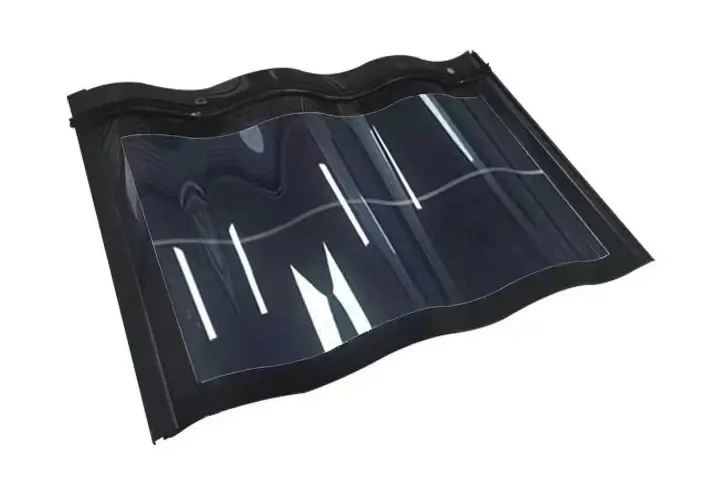
Electricity Generation Workflow
Let’s break down the step-by-step workflow of how solar roofing tiles generate electricity:
Step 1: Solar Irradiation
Sunlight reaches the roof and is absorbed by the photovoltaic layer of the solar tile.
Step 2: Electricity Generation
The semiconductor material inside the tile converts sunlight into DC electricity via the photovoltaic effect.
Step 3: Electricity Collection
Each tile is wired together in a system that routes the generated DC electricity to a central inverter or microinverters attached to each tile/module.
Step 4: DC to AC Conversion
The inverter transforms the electricity from DC to AC so it can be used in household appliances or fed into the electrical grid.
Step 5: Energy Usage or Storage
- Electricity is used instantly by home appliances.
- Excess electricity can be stored in battery systems.
- Surplus power can also be exported back to the power grid, depending on the local utility policy (net metering).
Types of Solar Roofing Tile Technologies
5.1 Crystalline Silicon-Based Tiles
- Most efficient and durable
- Often used in Tesla’s solar tiles and other premium systems
- Higher power output per square meter
5.2 Thin-Film Solar Tiles
- Use materials like CIGS (Copper Indium Gallium Selenide) or CdTe (Cadmium Telluride)
- More flexible and lighter
- Less efficient but more design-friendly
Installation Considerations
Installing solar roofing tiles is more complex than traditional solar panels:
- Professional installation is essential
- Roofing and electrical work must be coordinated
- Requires an inverter system, monitoring equipment, and potentially a battery
Additionally, solar tile systems are modular, meaning you can cover part or all of a roof with active tiles depending on your energy needs and budget.
Advantages of Solar Roofing Tiles
| Advantage | Description |
|---|---|
| Aesthetic Integration | Blends in with the roof design without bulky panels |
| Durability | Built with strong materials for long-term weather resistance |
| Space Efficiency | No need for separate solar arrays—uses roof space directly |
| Increase in Property Value | Eco-friendly upgrades appeal to modern buyers |
| Environmentally Friendly | Reduces carbon footprint and promotes renewable energy use |
Disadvantages of Solar Roofing Tiles
| Disadvantage | Description |
|---|---|
| Higher Initial Cost | Typically more expensive than traditional solar panels |
| Complex Installation | Requires expert roofers and electricians |
| Efficiency Loss in Shading | Performance can drop significantly if tiles are shaded |
| Limited Market Availability | Fewer suppliers compared to traditional systems |
Market Trends and Adoption
Solar roofing tile technology is still in its early stages compared to traditional solar panels, but the global market is growing rapidly, driven by:
- Growing awareness of climate change
- Government incentives for green energy
- Advancements in solar cell efficiency
- Innovations from brands like Tesla, SunTegra, CertainTeed, and others
Global Market Projection:
According to recent market studies, the solar roofing market is projected to grow at a CAGR of over 15% from 2024 to 2030. North America, Europe, and East Asia are expected to be the key regions driving adoption.

Real-World Applications
- Residential Homes: High-end homes looking for aesthetic solar solutions.
- Commercial Buildings: Hotels, office buildings, and retail chains integrating solar into architectural designs.
- Green Communities: Sustainable housing projects and smart cities.
- Historic Buildings: Where traditional solar panels are not allowed due to appearance restrictions.
Future Outlook
As manufacturing costs fall and photovoltaic efficiency improves, solar roofing tiles are expected to become more mainstream. Innovations like perovskite solar cells, smart tiles with integrated sensors, and AI-powered energy optimization systems will further expand their capabilities.
In the future, we may see:
- Mass production lowering prices
- Fully integrated smart roofs with weather and energy forecasting
- Hybrid roofs combining solar, ventilation, and insulation features
Conclusion
Solar roofing tiles represent the convergence of architecture, clean energy, and technology. By embedding photovoltaic systems directly into roofing materials, they offer a stylish, efficient, and sustainable way to power homes and businesses.
They function based on the photovoltaic effect, using materials like silicon or thin-film semiconductors to convert sunlight into electricity. With their dual role as roofing and energy-generating devices, solar roofing tiles are redefining how we think about renewable energy integration in buildings.
Whether you’re a homeowner looking for energy independence, a builder seeking cutting-edge eco solutions, or a business aiming to improve your sustainability profile, solar roofing tiles are a promising investment in the future.


